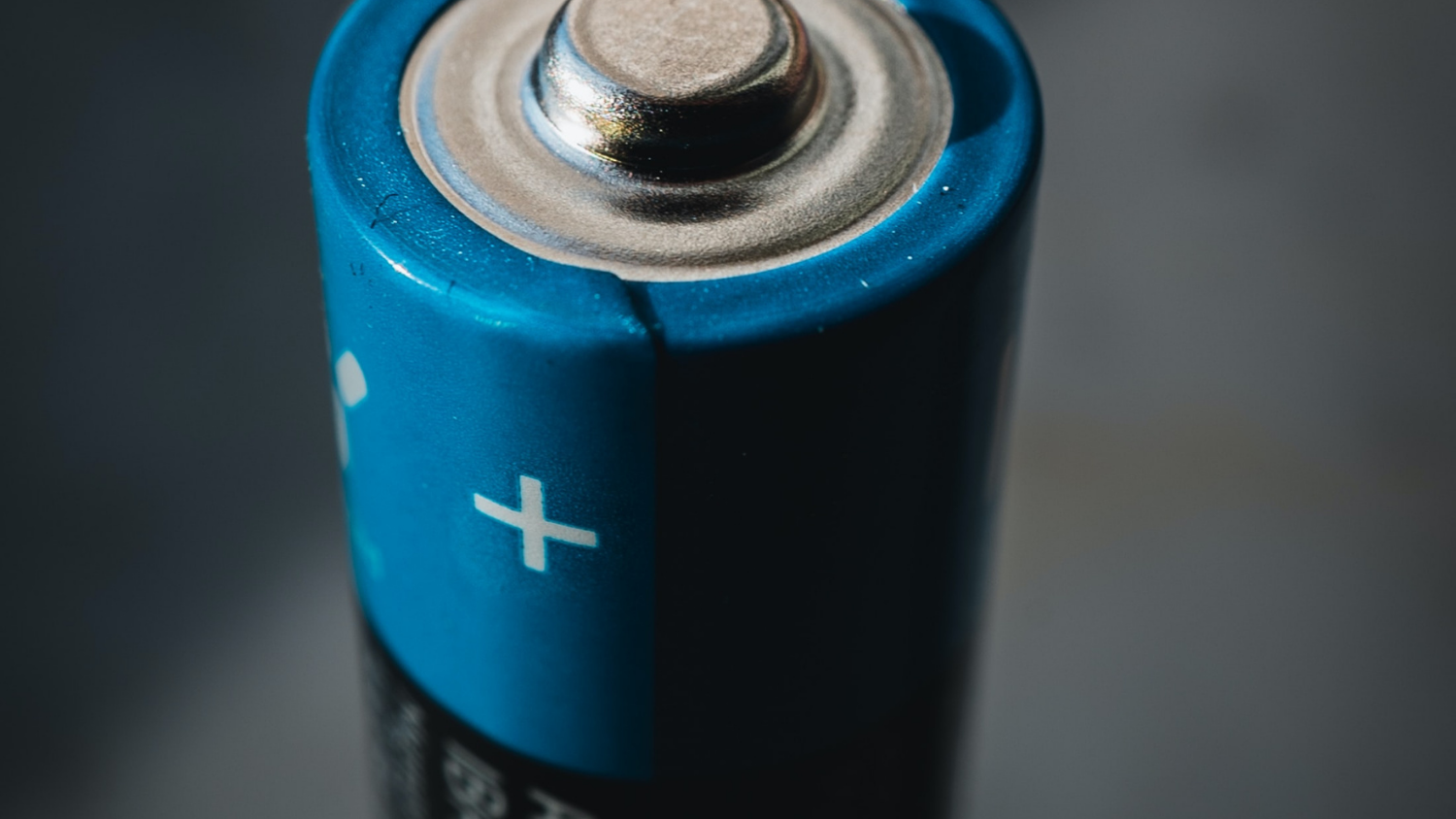A Spotlight On Cadmium
.png?width=50)
Cadmium is a relatively abundant element, however Cadmium ores are rare. This article shines a spotlight on Cadmium and explores its current uses in research, consumer goods and commercial activity.
Cadmium is generally found as an impurity in zinc, copper and lead ores. It is typically produced as a by-product in Zinc production.
Cadmium is a soft, malleable and ductile, bluish white metal. It is chemically similar to zinc, however Cadmium is highly toxic and should be handled with care.
The Facts
- Atomic number: 48
- Atomic symbol: Cd
- Cadmium Density 8650 kgm-3
- Cadmium Young’s modulus 42 GPa
- Cadmium Poisson’s ratio 0.30
- Cadmium Electrical Resistivity 7 x 10-8 Wm
- Cadmium Thermal Conductivity 97 W m-1 K-1
- Melting point: 609.92 degrees Fahrenheit (321.07 degrees Celsius)
- Boiling point: 1,412.6 F (767 C)
- State at room temperature: Solid
Due to Cadmium’s toxic nature, its uses are highly restricted, and Cadmium is one of six hazardous substances banned from use in Europe in electrical and electronic equipment by the RoHS directive, which was designed to protect human and environmental health.
However, it remains a common component of a limited number of consumer items as well as having an important role in several commercial and research based applications including;
Batteries
In the early 2000’s, almost 90% of Cadmium was used in batteries, mostly in the form of recharageable nickel-candmium batteries. These cells has a potential of 1.2v and consist of a positive nicket hydroxide electrode and a negative cadmium electrode plate that is separated by an alkaline electrolyte. However, the EU introduced a limit on cadmium in electronics reducing the limit on cadmium content to 0.002%.
Nickel-cadmium batteries are characterised by their resistance to mechanical and electrical abuse, long calendar and cycle life, their superior ability to operate with limited performance loss in both cold and hot temperatures as well as in settings with large temperature swings, limited maintenance requirements and superior reliability. Furthermore, they do not display the “sudden death” syndrome which is prevalent in the standard (industrial) battery technology.
Source: https://www.cadmium.org/cadmium-applications/nickelcadmium-batteries
Electroplating
Cadmium has long been used to provide a sacrificial coating in the aerospace industry.
The sacrificial coating corrodes in preference to the substrate, a property which is especially important when the substrate is scratched or damaged. But government mandates and environmental concerns are driving manufacturers to find alternatives for cadmium.
Low hydrogen embrittlement (LHE) cadmium plating remains the choice for aircraft components as the plating provide excellence corrosion protection without degrading the mechanical properties of high strength steels. But due to its toxic nature, there is a tremendous amount of pressure both in Europe and in the US to stop its use. Therefore, identifying a suitable, LHE cadmium replacement is of great interest.
Source: https://www.aero-mag.com/the-aerospace-secret-standard/
Nuclear fission
Control rods are an important technology for maintaining the desired state of fission reactions within a nuclear reactor. They constitute a real-time control of the fission process, which is crucial for both keeping the fission chain reaction active and preventing it from accelerating beyond control.
Cadmium is used in the control rods of nuclear reactors, acting as a very effective neutron poison to control neutron flux in nuclear fission.
When cadmium rods are inserted in the core of a nuclear reactor, cadmium absorbs neutrons, preventing them from creating additional fission events, thus controlling the amount of reactivity.
Source: http://large.stanford.edu/courses/2011/ph241/grayson1/
.png)
At Advent Research Materials Ltd, we supply Cadmium in foil, sheet and wire form in various different quantities.
To find out more visit the product page on our website or reach out to a member of the team. You can also find details of the possible health hazards of different forms of cadmium, the preventative measures your employer needs to apply and the precautions you should take here.
https://www.advent-rm.com/en-gb/Products/Pure-Metals/Cadmium
